Ingredients : Chamomile extract, glycerin, glycerin monostearate, liquid paraffin, beeswax, cetyl alcohol, permitted cosmetic essence, methyl paraben, Butylated hydroxytoluene, deionized wate
Active Ingredients: contains mainly the terpenoids chamazulene and bisabolol; other constituents are flavonoids (such as apigenin, luteolin and quercetin), couma-rins (scopoletin-7-glucoside) and acids and esters (such as angelic and tiglic acid esters, anthemic acid, choline, phenolic and fatty acids
Indications: Helping the process of cell restructuring and better tissue repair and thus preventing the production of inappropriate scars, for damaged and irritated skin.It is recommended to be used for cold or colder skin
Dosage and administration: First, clean and dry the surface of the skin completely and apply a sufficient amount of the product on the inflamed and damaged skin 2 times a day until it is completely absorbed.
Side effects: So far, no specific side effects have been reported
Recommended tips: Recommended points: For normal skin, if you see any irritation or inflammation, stop using and consult a doctor. Avoid using the product around the eyes, mucous surface and open wounds. Use on the skin near the eyes and lips. Do not do it. Before using it on the face, do an allergy test on the body. If a skin reaction occurs, stop using it and consult a doctor. Do not use on open or damaged skin. keep away from children.
Contraindications and precautions: It is not recommended for severe allergies and psoriasis
Pharmacological effectsand mechanism of action MOA: Chamomile, English chamomile, is widely used throughout the world. Its primary uses are as a sedative, anti-anxiety and
anti-spasmodic. Chamomile is one of the most widely used and documented herbs for skin irritation and inflammation,
which is included in the pharmacopoeia of medicinal plants in 26 countries of the world. Matricaria e xtract, more
commonly known as chamomile, is used for its anti-inflammatory effects (Brown and Dattner, 1998; Reuter et al., 2009), and chamomile oil is used as a "traditional" treatment for wound healing. It is supposed to reduce scar formation.
Chamomile is used externally to treat inflammation of the skin and mucous membranes and is used as a wash or steam.
Its effects may be largely due to chamomile flavones, for example, apigenin, which have a local anti-inflammatory effect
when applied topically . Apigenin is not only absorbed in the skin, but also penetrates into deeper layers. Two trials showed that chamomile cream has equal or superior effects to topical steroidal and non-steroidal anti-inflammatory drugs. The German Commission E has approved the internal use of chamomile for the treatment of digestive spasms and inflammatory
diseases of the digestive tract. In addition , the German Commission E has approved
the external use ofchamomile for dermatitis and bacterial skin diseases and inflammation
of the respiratory tract [in the United States, chamomile is one of the most commonly used tea ingredients.
References:
1.Researchgate/ Evaluation of Antimicrobial and Antioxidant activities of Matricaria recutita,
Ricinus communis and Zygophyllum coccineum Extracts/2016
2.Sciencedirect/ Camomilla

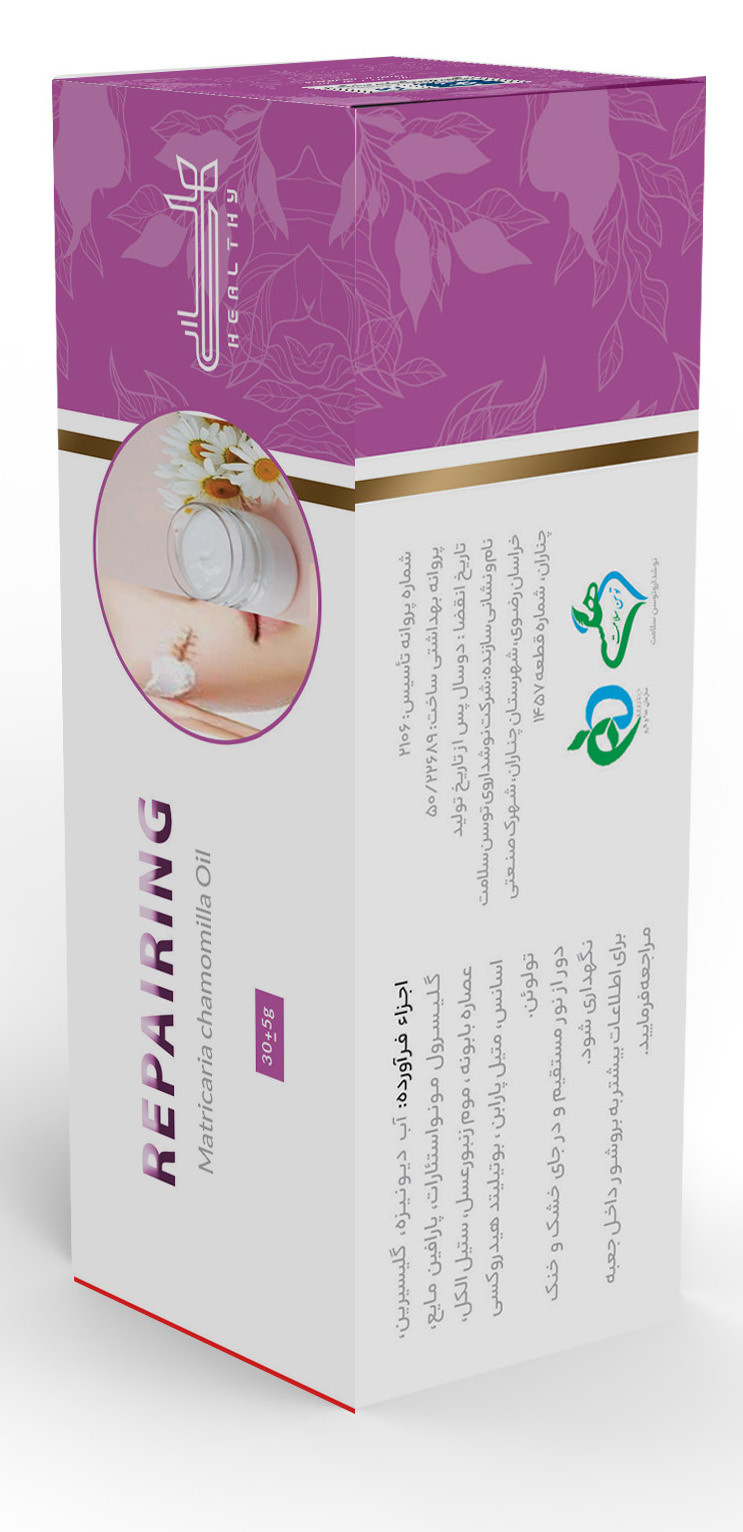
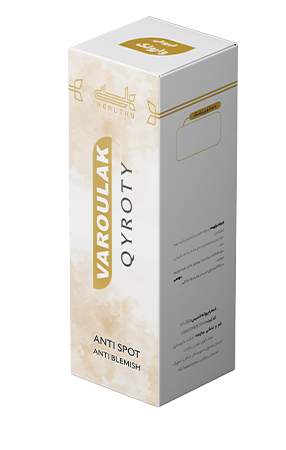
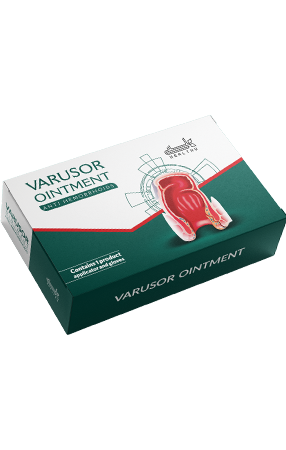
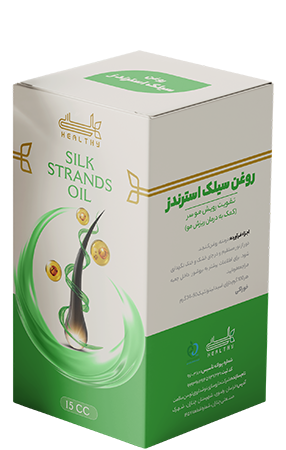
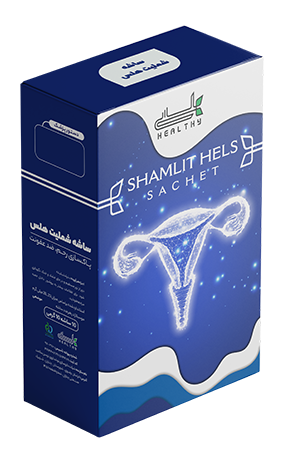
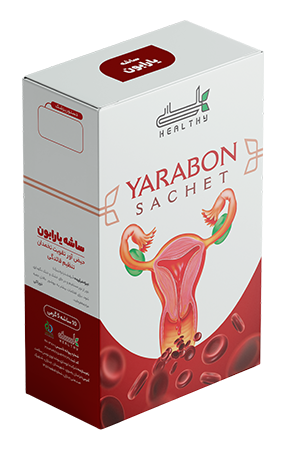

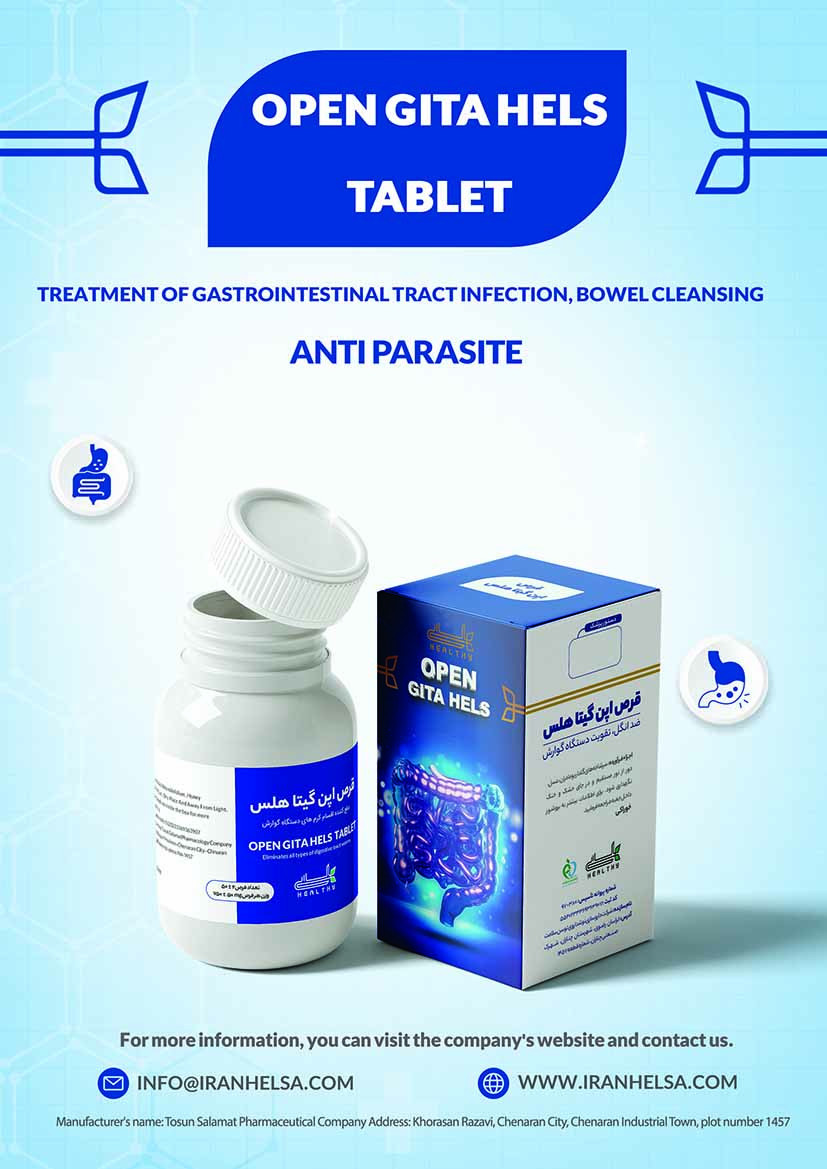
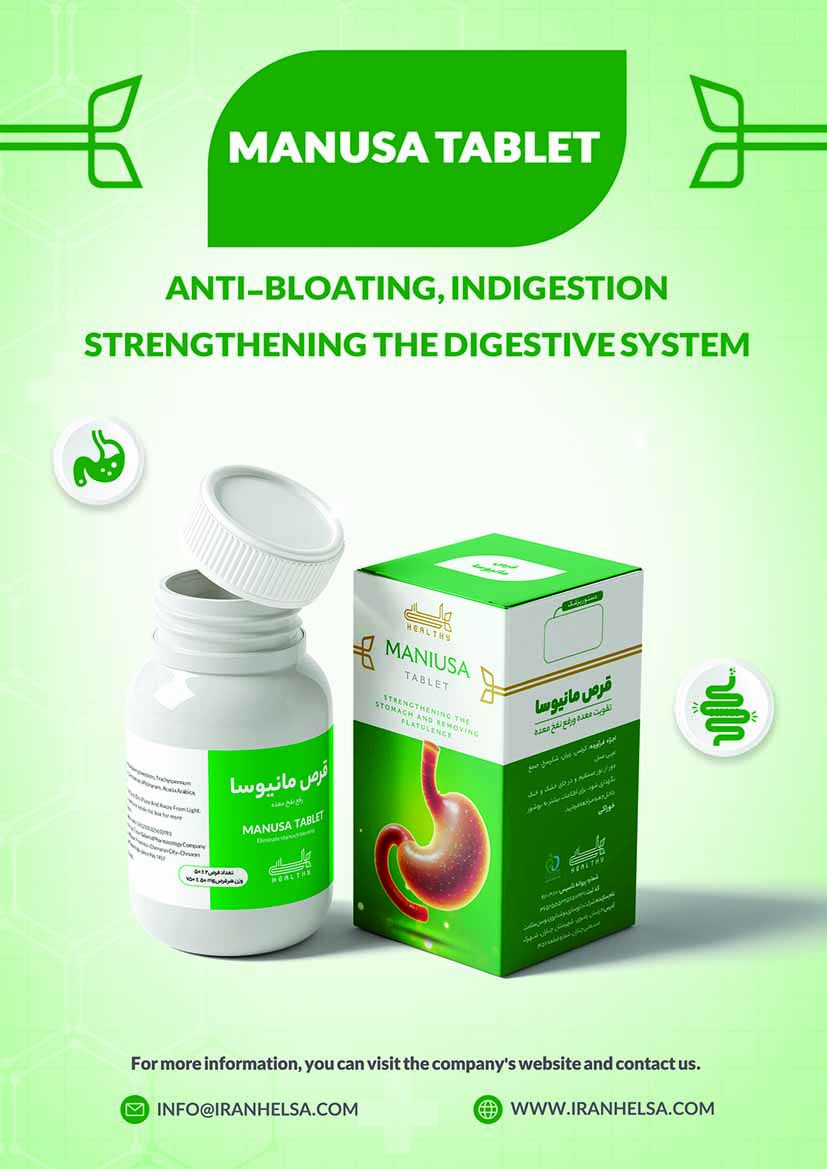
User comments